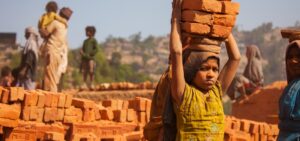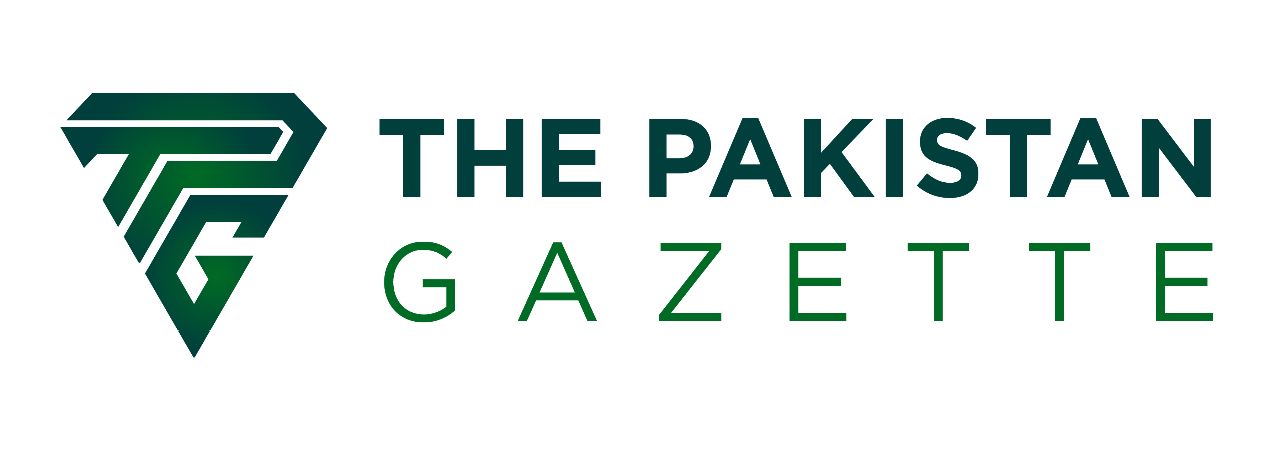
Child Labour in Pakistan; Causes, Consequences and Solutions
Child Labour is the condition in which a child is indulged in work that suffers his education, and physical and mental abilities. According to the International Labour Organization, child labour deprives children of their childhood, their potential, and dignity. Most of the children are involved in hazardous work like brick kilns, carpet weaving industry, and auto repairing work. According to Global Slavery Index Pakistan stands third in child labour after Mauritania and Haiti. One out of four households employs children predominantly girls in domestic work remarked by Dr Meesha Iqbal at the ILO conference in Islamabad. According to Pakistan Labour Force Survey (2017-18), 13.7% of children are engaged in child labour of them 5.4% are involved in hazardous work. UNICEF stated that 3.3 million children are engaged in child labour and 90% of them work in the carpet weaving industry, 22.8 % of children of age 15-16 not attending schools making 44% of the age group of the population.

Causes of Child Labour in Pakistan
Child labour has numerous political, administrative, social, economic and legal causes. In Pakistan, the flawed democracy and lack of reforms are political causes of child labour. As Daron Acemoglu and James Robinson argue in “Why Nations Fail” state extractive institutions have a direct link with state social problems.
The country is curbed by the energy crisis, stagnant growth, economic inequalities and unemployment. These economic factors contribute to the ongoing state of child labour.

Social issues like lack of education, lack of skill development and overpopulation make the conditions more difficult. In the current state of poverty, families are not able to bear the daily needs so they have no other way but to send their children to work. The current population is 210 million according to the 2017 census and the growth rate is recorded at 2.4% by the Federal Bureau of Statistics.

There is lacking a sound administrative system. The mired administration suffers socio-economic landscape. The absence of rule of law, lack of delivery, and corruption make the state of child labour more vicious.
Consequences of Child labour in Pakistan
Child labour has serious consequences It destroys the lives of children which translates into the future of the country i.e. halts the development of the country. Rousseau argues that we should inculcate rationality in children. Rationality is possible through education. The state of education and children counter-enforce each other. Child labour results in child abuse and vandalises the human capital of children.
Solutions of Child Labour in Pakistan
There are various laws in form of constitutional provisions and in the form of federal and provincial legislation. These laws need to be implemented with true spirit and commitment. Further, work needs to be done on the education of children so that they can contribute to the future of the country.
The writer studies at the Department of English and Applied Linguistics University of Peshawar.


3 replies on “Child Labour in Pakistan; Causes, Consequences and Solutions”
[…] Child Labour in Pakistan; Causes, Consequences and Solutions […]
[…] Child Labour in Pakistan; Causes, Consequences and Solutions […]
[…] Child Labour in Pakistan; Causes, Consequences and Solutions […]